10/09/21 – Job Roles and Hierarchies
WII 1. Understand the job roles, career structures and business models across the games, animation and VFX industries.

24/09/21 – QA and Producers
A QA (Quality assurance) tester is someone who plays certain parts of a game in order to find bugs, they would then communicate these back to the dev team so they can be fixed. They will play certain sections of a game and methodically attempt to break it. When they find a bug they will investigate it to find out what went wrong. They test every system until they find the one that breaks and report their findings in a log which gets sent to developers to fix. We need testers as it is more time efficient to have separate developers and testers. Testers work with developers to find bugs in new features that have been added. Working as a QA tester can be a good route into the industry as it provides both experience working with games and connections within the industry. Testers work with development teams to log and fix any bugs that they find.
A producer is the “connection point” between all departments involved in game development. They work to ensure that everyone works as efficiently as possible, sets deadlines and works to ensure those deadlines are met. We have producers to keep projects grounded, producers make sure all deadlines are reached and the game ships on time. Without producers communication between departments would be minimal and thus games would lack direction. Furthermore, deadlines would almost never be met without someone pushing for them. Producers often meet with their department heads to discuss issues with development and figure out solutions.
01/10/21 – World Building
World building is the process of constructing the fictional world that your game is set in. This can include creating fictional locations, characters, events, items, rules, maps, etc.
What are the 4 dimensions of setting?
Period – What time period does the story take place in? (eg. modern era or medieval era)
Location – Where does the story take place? (eg. Tokyo or space)
Level of conflict – What event kicks the story into action? (eg. a war or moving to a new place)
Duration – How long does the story last? (eg. a week or a year)
08/09/21 – The Production Pipeline
PM1. Understand pre and post production processes.
What are the 4 stages of the production process?
Ideas
Come up with an idea for a game, decide the genre, the theme, the tone etc. Possibly create a prototype of your ideas to see if they work.
Pre-Production
Plan your game more in depth, plan out specific game mechanics. Create an itemized list of all assets that need to be created and set deadlines for each one. Form your team, this can include programmers, designers, artists, modelers, musicians, testers, etc. If necessary secure funding, common methods of fundraising include signing a publishing deal and crowdfunding sites such as Kickstarter and GoFundMe.
Production
Create your game. Manage your team to ensure all assets are being produced and put together effectively. Test your game as its being made and adjust your plan according to feedback. You also begin to market your game here however don’t start too early in development as some potential players may lose interest before release.
Post-Production
Release your game yet continue to work on it. Use player feedback to create updates and patch any bugs that get reported. Create DLC if you wish to.
What is Pre-Production?
Pre-Production is what happens after you’ve got an idea for your game but before you’ve actually started to make it. During this stage you may begin to plan out gameplay, story, mechanics, characters, etc. You may also create an asset list of everything you need to create in order to complete your game. If required, this would be the phase where you secure funding for your project, this can be through investors, publishers, crowdfunding, etc. Some in the games industry say that pre-production is the most important part of the production pipeline, they might say this because games that don’t have a solid plan often end up underwhelming.
15/09/21 – Production Pipeline – Production
PM1 Understanding pre and post production processes.
In the production phase almost everyone is working on making assets. These include programmers making code, modelers making 3d models, animators making animations, sound engineers making music etc. Throughout all of this , producers work to aid communication between jobs and make sure all assets are completed on time.
Post-production happens after your game has released. It mainly includes taking player feedback and acting on it. This can mean patching bugs and changing things to make the game more balanced and fun. You may also create downloadable content (DLC) these can include small things like cosmetic changes up to massive new updates.
Certification is the process that gaming platforms require developers to complete in order to allow a product to release on their system. These mainly include ensuring new games work to the standard of the system they want to release on. Each system has its own set of standards and each must be met for the game to be allowed to release. Making sure standards are met can often be time consuming so a lot of companies outsource the work to other studios who do it all for them.
Localisation is where a game is translated for a foreign market. For example, a game produced in Japan wanting to be released in the UK would first have to be translated into English. Furthermore, English voice actors may have to record new audio. Additionally some aspects of a game may need to be edited due to legal, cultural or religious reasons. Some examples of things that would need to be edited in different countries include: Nazi symbolism in Germany, LGBT representation in China, and extreme violence in Japan.
Alpha is the where gameplay mechanics are mostly in place however assets such as 3D models and textures are not. Alpha is usually relatively early in development.
Beta is where assets such as 3D models and textures are mostly complete. Beta is often relatively far into development.
Master is the completed version of the game that gets sent off to publishers to be released.
22/09/21 – Target Audience
WII 2. Know the regulatory, ethical and legal requirements applicable to the games, animation and VFX industries.
WII 3. Understand how products in the games, animation and VFX industries are taken to market.
A target audience is your games main demographic and where the bulk of marketing will be aimed at. You define your target audience by thinking who you imagine will be playing your game. It is important to define your target audience so that your entire team knows exactly who the game is being made for and create assets accordingly.
The target audience for our WarioWare game is children aged 7+ , we would say this because the gameplay is simple and easy to understand (only left/right movement) and the goal is simple, collect the food items the customer requests. Furthermore there is no violence, nudity, or anything else that could be seen as offensive to children.
knowing your target audience is important to know how much profit you could make. Games aimed at children exclusively generally make less profit as children don’t buy games themselves but often have to get their parents to. This normally means less sales. Adult game make more as people who want to play them don’t need permission from their parents.
What are rating boards?
Rating boards (such as PEGI or ESRB) look at every game released and give it a rating relating to how old they say someone has to be to play. These companies are important for parents as they let them make informed choices about what games they let their kids play without having to play them themselves. If we did not have these rating boards then its possible that parents would have no idea whether a game is suitable for their child and could buy them a game filled with gore and violence.
Explanation of PEGI descriptors

3 – This game is suitable for players aged 3 or over.

7 – This game is suitable for players aged 7 or over.

12 – This game is suitable for players aged 12 or over.

16 – This game is suitable for players aged 16 or over.
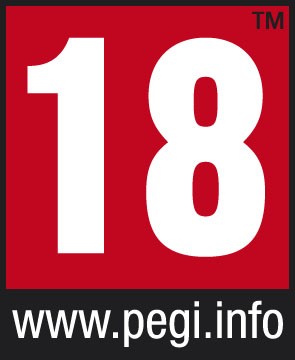
18 – This game is suitable for players aged 18 or over.
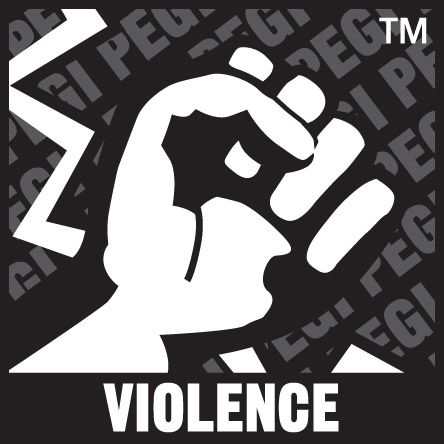
Violence – Non realistic violence in games rated 7, fantasy violence in games rated 12, and more realistic violence in games rated 16 and 18.
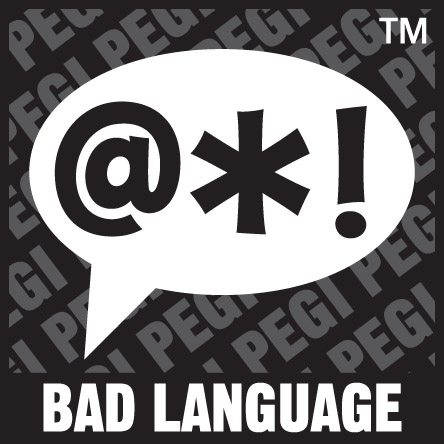
Bad Language – Mild swearing in games rated 12, sexual expletives and blasphemy in games rated 16 and 18.

Fear – Frightening pictures and sounds in games rated 7, horrific sounds and horror effects without violence in games rated 12.
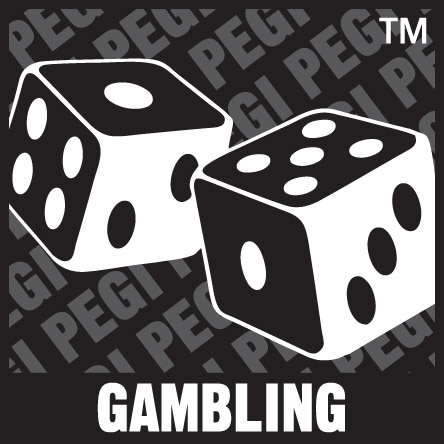
Gambling – Encouraging or teaching of gambling, can be found in older games rated 12 or 16. However as of 2020 will only be found on games rated 18.

Sex – Sexual posturing or innuendo on games rated 12, erotic nudity or sexual intercourse without visible genitalia on games rated 16, and explicit sexual activity in games rated 18. Does not describe nudity in a non-sexual setting.

Drugs – The use of illegal drugs, tobacco or alcohol, only found on games rated 16 or 18.

Discrimination – Contains depictions of discrimination against people on a racial, ethnic or religious basis as well as any other stereotype that encourages hatred. Only found on games rated 18 and often infringes national legislation.

In-Game Purchases – There is an option to buy virtual products or services with real world currency in this game.
29/09/21 – Market Research
WII 2. Know the regulatory, ethical and legal requirements applicable to the games, animation and VFX industries.
WII 3. Understand how products in the games, animation and VFX industries are taken to market.
What is market research?
Market research is where to work to better understand the state of the industry using numbers, opinions and facts. Market research can help you decide what direction you want to take your game by helping you understand what people are playing right now. It can show what genres are being played, what systems they’re being played on, and how much people would be willing to pay to play them.
If we were to do market research on our own game, we would most likely find that there is a market for quick, simple games such as ours, the mobile market. Additionally we would find that we should probably make our game free to play and monetise it through the use of ads.
Market research can have a profound effect on development as it can dictate what direction development will go. Its best to do it early as having the knowledge that comes from market research can give a project more direction and can be used to show investors that a game is worth investing in. This is important as with investor funding studios don’t have to worry so much about money, this often leads to better games.
13/10/21 – Monetisation models
WII 2. Know the regulatory, ethical and legal requirements applicable to the games, animation and VFX industries.
WII 3. Understand how products in the games, animation and VFX industries are taken to market.
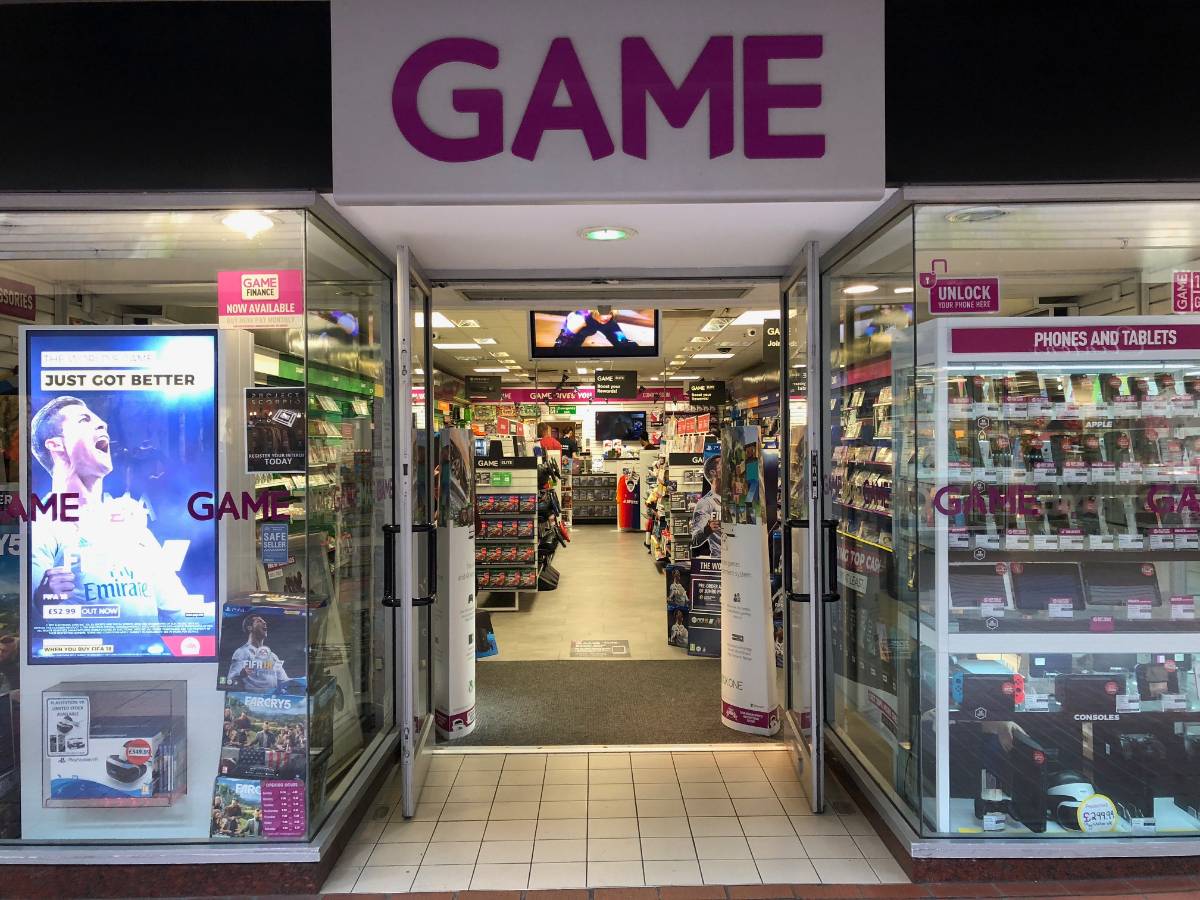
Premium – Paying a premium price for a game. Can be physically in a store or online.
DLC – Downloadable Content , extra content that can be bought for real money.

Free to play – where the game is free to download and play, profit is often made through adverts and microtransactions.

Microtransactions – where in-game items (such as weapons, skins, in-game currency, etc.) can be bought using real money. This can be directly or through a loot box system.
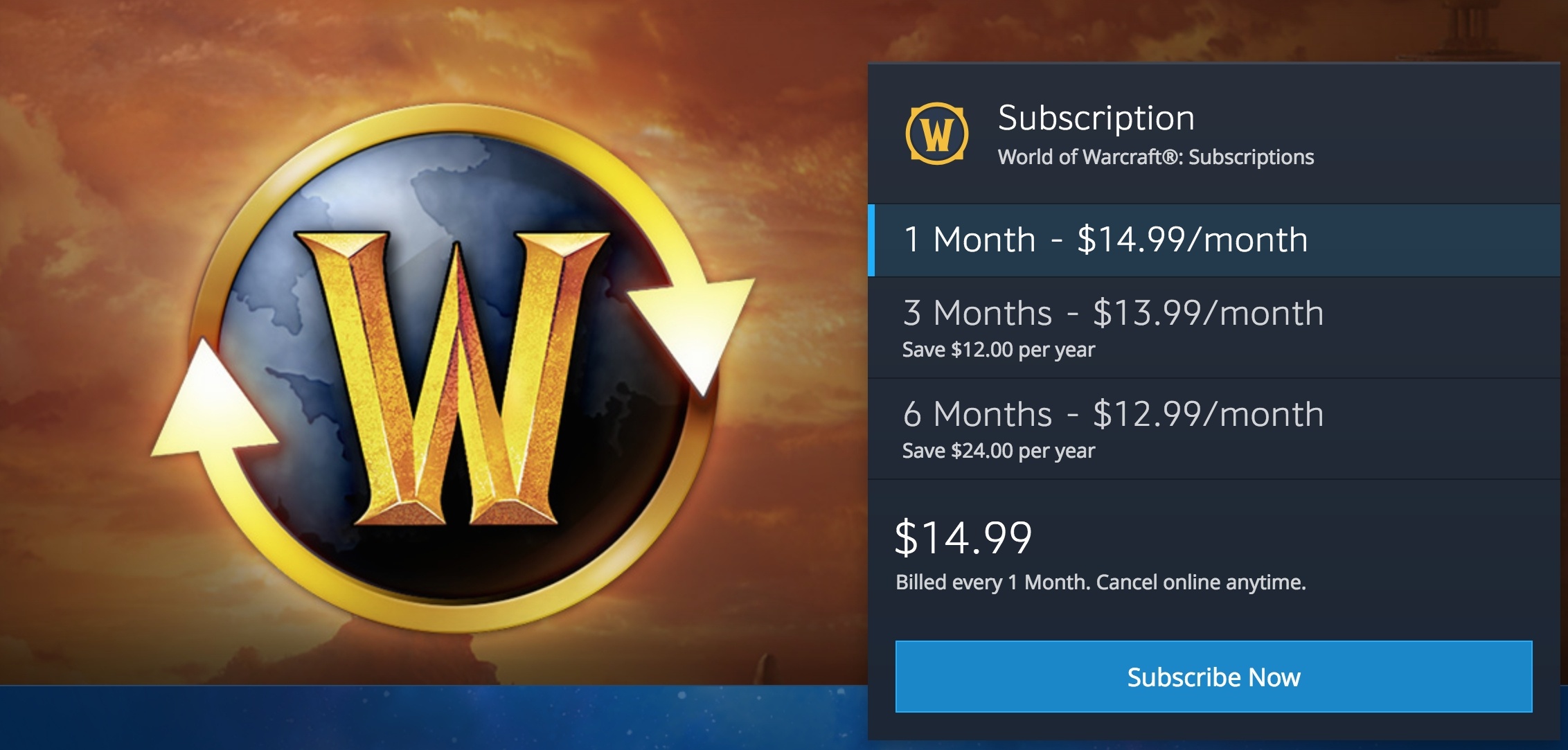
Games as a service – where the game is free to download yet requires a fee to play, such as a subscription.

Subscription service – where the users pays for a subscription to a service where they can have access to a selection of games at no extra cost.

Merchandise – games can make merchandise of characters in the game. These can be sold to fans of the game.

Advertising – where games contain adverts in them, this can break immersion for some players yet can also lead to good profit.
20/10/21 – Funding
Different ways of financing a game:

Self funding – Using personal savings and your own free time to create a game. Can be good as you don’t owe any money to outside investors, lenders etc. However if things go wrong you are the only one at loss.
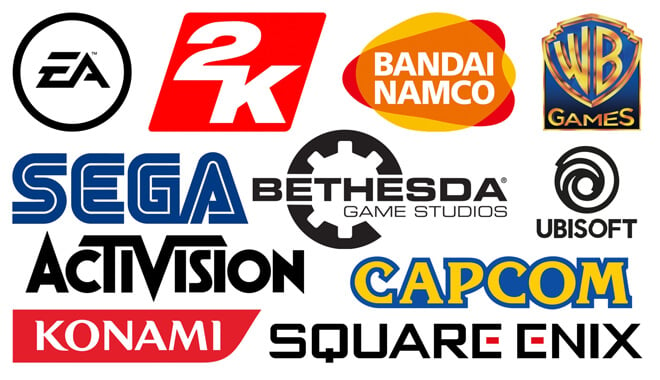
Publishers – Working with a publishing company to help fund your game. They may also provide additional services to smaller studios such as marketing, distribution, legal support, etc.

Crowd sourcing – Using services like Kickstarter or Indiegogo to fund your game. Taking money from the public, good as it gives you money upfront however can be bad as it can set expectations high for your game.

Grants – Can be from charities or governments. Like the UK Games Fund that supports small game makers.

Loans – Money acquired from a bank or loan company that must be repaid over time plus interest. Can be bad as interest payments can be quite high.

Investors – External people or companies that provide funding for a game in return for a share of the profits. Good as they can provide a lot of funding however they can also take a lot of your games profits.
03/11/21 – Immersion
How do GAVFX products immerse their audience?
Using the senses of the player/viewer to create a believable world that they can get invested in.
How are senses used to engage an audience?
Senses can be used in many unique ways for example audio can be used to punctuate actions such as a gunshot having a large bang.
05/11/21 – Agile
What is agile?
Agile is a set of values and principles around project management that helps make choices to ensure the end product is as good as it can be.
How does agile help us develop products?
It employs the help of tools such as trello to track what tasks are left to be completed. It also focusses on communication to make sure problems get solved quickly and without impacting development.
Why does agile help us work as a highly productive team?
Because an efficient team is better to ensure that development runs smoothly and provides the best product at the end.
12/11/21 – Scrum
What is scrum?
Scrum is a project management technique using agile methodology. It uses daily meetings, called scrum meetings, to allow the team to discuss how development is progressing and bring up any problems that they face.
What are sprints?
Sprints are periods of time where the whole team is focused on developing one aspect of the game. They usually last a week and have daily scrum meetings to help with communication between departments.
How does it help us develop products?
It helps us develop products by setting out a plan of how development is going to run while remaining adaptable and making sure that any issues get solved quickly.
What advantage does it have over the waterfall production management method?
In contrast to the waterfall method, scrum allows plans to be changed without consequence while with waterfall plans are set in stone and changing them often requires the whole project to be preplanned.
19/11/21 – Ethics in video games
What are ethical issues?
An ethical issue is a problem relating to the morality of decisions made during game development.
Ethical issues in games
Violence – Many games have scenes of strong violence in them either shown or directly carried out by the player. This can be bad as some players (predominantly young children) can be upset by violence. On the other hand some say that video games cause violence, however many studies have shown this to be untrue. Violence in games can be regulated by governments through age ratings and censorship.
Representation – Marginalized groups can often be left out of media leading to many people in those groups feeling abandoned and forgotten about. For this reason many games try to be more diverse by adding characters from marginalized groups. For example female characters such as Lara Croft, ethnically diverse characters like Miles Morales from Spiderman, LGBTQ+ characters like Ellie from The Last of Us, and neurologically diverse characters like Madeline from Celeste.
24/11/21 – Game genres and trends
Exclusive games are games that only launch on one platform. An example of this would be The legend of Zelda: Breath of the Wild as it only released on Nintendo Switch. Some games (such as Breath of the Wild) are exclusive as they are owned by the console manufacturer, others are exclusive due to deals with the console manufacturer or time/financial restraints.
Game genres are different types of games, for example RPG, Action, Simulation etc. An example of a current trend would be battle royale games such as Fortnite or Call of Duty: Warzone. Some would say trends are a good thing as they clearly show what players want.
26/11/21 – Legal and regulatory issues in the GAVFX industry
Regulate means to control something in terms of games this means controlling who can play what games, usually relating to age.
In Europe, the regulating body for games is PEGI (Pan European Game Information). They print ratings showing what ages a game is suitable for on every game sold in Europe. There are different regulatory bodies around the world, these do similar things . They include ESRB (Entertainment Software Rating Board) in North America, CERO (Computer Entertainment Rating Organisation) in Japan and USK (Unterhaltungssoftware Selbstkontrolle(Entertainment Software Self-Regulation Body)) in Germany.
It is important that games are regulated to protect children from potentially dangerous content found in some games such as violence and sexual content.
03/12/21 – Employment and company types
Different ways to work in the industry
Indie developer – Working for yourself as an independent developer. This means that you will not earn a wage for your work however you will get to keep all profits from any games published. There is no application process for being an indie developer, all you need to do is start making games.
Contractor – An independent contractor is some who sells their services to a company on a one-time basis. This allows the developer to remain flexible with their working hours. You will need to advertise yourself to companies, do this by showing your work through a portfolio.
Employee – Where you work for a company for an agreed upon wage. This is good as it provides security as you know exactly how much money you will get per month. However traditional employment does not give much flexibility. You usually have to apply for jobs and send in your CV, a document showing your achievements.
07/01/22 – Company types
What types of companies exist in the GAVFX industry and what do they do?
AAA Developers – Create games with big teams and budgets (Ubisoft, EA, Blizzard)
AA Developers – Create games with medium teams and budgets (Coatsink, Bohemia Interactive, Intersloth)
Indie Developers – Create games with small teams and budgets (Motion Twin, Infinite Fall, The Behemoth)
Mobile Developers – Produce games for mobile devices (Gameloft, Supercell)
VR Developers – Develop products for VR devices (N-ix)
Motion Capture Studios – Allow studios to use motion capture equipment for their projects (Centroid)
Visualization studio – Visualize products, such as cars, before they are purchased and manufactured (Zero Light)
Digital Storefronts – Allow games to be bought online (Steam, Epic Store, Xbox Store)
Publishers – Bring a game that has been developed by a separate company to market for a portion of the profits (Devolver Digital, Playstation, Nintendo)
Hardware Manufacturers – Produce hardware for games to be played on (Playstation, Xbox, Nintendo)
Event Coordinators – Organise events for the gaming community (EGX, E3, Insomnia)
Esports Organizations – Organise tournaments for games (British Esports, EVO)
Influencers – Create online content around games (Ninja, KSI)
Software Developers – Develop software to aid development (Unity, Autodesk)
Recruitment Companies – Send developers workers with the skills they need (Aardvark Swift)
Law Companies –
Education Providers –
Marketing –
04/02/22 – Revision
- The production Pipeline – 7
- Target Audience – 7
- Market Research – 6
- Monetisation Models – 8
- Project Financing – 8
- Immersion – 6
- Sound – 7
- What makes a game successful beyond core gameplay – 5
- Pitching – 7
- Game Genres and trends – 6
- Pressure points – 7
- Cashflow – 6
- Product lifespan – 6
- Job roles and Hierarchies – 8
- World Building – 7
- Production management (Agile and Scrum) – 8
- Ethical issues – 9
- Legal issues – 9
- Regulatory bodies – 10
- Employment Types – 9
In my revision I plan to focus on the lowest numbers such as game success and game lifespan as well as , I will look back at past lesson slides and other resources to try and understand the topics better. I won’t focus as much on legal and ethical issues as I feel relatively confident in my understanding of these.
11/02/22 – Job Roles and Interactions
I want to be employed in the games industry as a programmer in a company under a full-time contract.
To achieve this, after college I will go to university to hopefully get a BSc in game programming, assuming I get this I will create a CV and cover letter outlining my experience in education and previous jobs. In my cover letter I may also give some examples of games I have worked on and where they can be found. Next I will look online for job listings for a junior programmer and will apply using my CV and cover letter. If I get an interview for any of these roles I will answer all questions asked to me and would also ask the interviewer any relevant questions that come to mind. After this if I get offered the job then I will accept it.
As a junior programmer I will work as part of a team to write code for any projects that are being worked on. We will likely have daily scrum meetings to review progress and discuss what to work on next. My assignments will be set by the lead programmer and there will be senior programmers available to assist me if needed. I may also be asked to help other team members who require it.
I would work mainly with my colleagues in the programming team to create functionality for the game. I would also work with art and 3d modelling teams to import assets into the game and make them function as planned. I would also take feedback from the QA team, fixing the bugs that find.
18/02/22 – Job Roles
My role: Programmer
I would apply for this role online using my CV and a cover letter, if I get an interview
04/03/22 – Feb Mock Reflection

I got a merit on my February mock exam, this was because managed to hit all the criteria for a pass, most for a merit and one for a distinction.
My strengths were in the production process section and the business practices section.
11/03/22 – World Building Practice
Game – The Legend of Zelda: Breath of the Wild
Make recommendations for:
- How could the studio build and develop the world for their sequel
In order to keep the sequel a new fresh, experience the studio should not use the exact same setting in the sequel as they used in the original. This is because many players will be well acquainted with the setting of the original game and thus may quickly become bored with the sequel, instead they should either change the old setting in a significant way or create a new world entirely. If they choose to do the first option they may adapt the old world by showing it at a different point in time, perhaps the sequel takes place 20 years in the future and shows how the world has changed over this time. This could create an emotive response in the player as they can see how the world and characters they’ve grown to love have changed between games. On the other hand they could show the old world after a significant event has taken place, this could be a war, natural disaster, a change in leadership, etc. If they do this the studio should show how the event has effected the world and the characters who live there. Conversely if they instead decide to create a new world they should keep the same art style of the original, this is both to save time and money on developing entirely new art assets and to give the player a sense that the sequel’s setting is in the same world as the original. This would allow the player to better understand the world as they would be familiar with the art style and theme.
2. How they could use sound and other features to build an immersive experience for players
There are two types of sound in games, these are diegetic (sounds that have a source in the world) and non-diegetic (sounds that have no source in the world) both of these can be used to build immersion in the game. Diegetic sound can make a game feel more real, for example if the player sees and explosion in the game but doesn’t hear an explosion sound then their suspension of disbelief will be broken and the immersion of the game will suffer, on the other hand if there is an explosion sound to go along with what’s happening on the screen then the explosion will seem more real and the players immersion will be be higher. Non-diegetic sound however often serves to build up suspense, for example the music of the game may slowly build up over time and reach a crescendo just as the explosion happens.
18/03/22 – Exam Question Prep
January mock Q3:
Describe the sources you would use to create the imagined world.
When creating this game my main source of inspiration for the setting and characters would be the original fantasy book series, this is because the brief says the books must be the base of the game and therefore the game should take as much inspiration as possible from them. This means that themes, characters and locations would all be based upon the books, this would help fans of the books get invested in the world the game shows as they would already be familiar with it. Also we may be able to save time and resources during pre-production as many of the characters and environments will already be well established. However we also should scout out real life models and places that match the descriptions of characters, objects and places in the original text, these would then be used by art teams to create concept art and models for the game.
In terms of style and gameplay we would look at other games in similar settings and for a similar target demographic, examples of games we may choose to look to for inspiration could include The Legend of Zelda or Final Fantasy. For example, we may look at the crafting system in The Legend of Zelda: Breath of the Wild as something we could look into using in our game, if we choose to look further into crafting we may look at other games that involve crafting. We would have to do some research to decide what genre of game would be best for the game, this would include prototyping, play testing, running focus groups and organizing all data gathered and making an informed decision. We would want to gather as much information as possible on what parts of prototypes people liked and thought would work well to the brief and which parts they didn’t, however this could take up a large chunk of our development time and resources so we would need to find a good balance between cost and effectiveness.